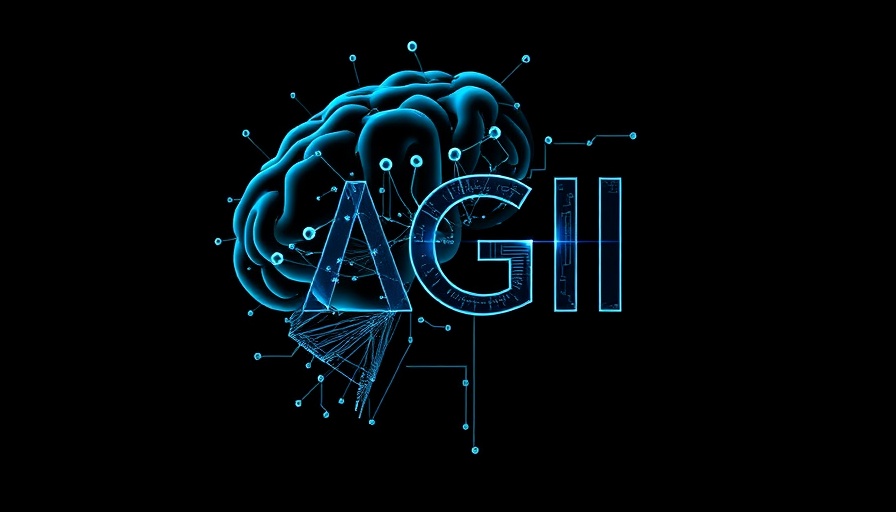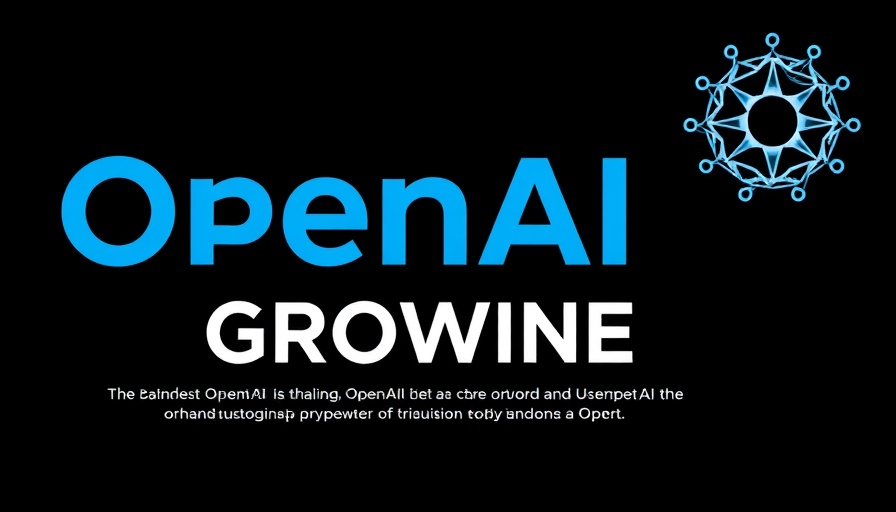
What’s at Stake for Microsoft and OpenAI?
The partnership between Microsoft and OpenAI, valued at billions of dollars, stands at a crucial crossroads. With ongoing negotiations about the definition of Artificial General Intelligence (AGI), there’s a pressing question: What happens if OpenAI claims it has achieved AGI? Currently, Microsoft has secured rights to OpenAI's technology through 2030; however, this agreement hinges on the ambiguous milestone of AGI.
Understanding AGI: A Game Changer
AGI is not merely a future aspiration; it's an evolving standard that OpenAI is evaluating. As investment backs initiatives that could redefine our technological landscape, businesses like Microsoft are deeply interested in maintaining access to OpenAI’s advancements. If OpenAI defines AGI in a way that is beneficial to its independence, Microsoft could be left in the cold, risking significant impacts on key services like Azure and Office.
Negotiating the Future of AI
The negotiations are complicated by both sides' ambitions. Microsoft seeks to secure a larger stake in OpenAI while preserving access to its technology, which underpins many of its products. Conversely, OpenAI wants flexibility in its commercial engagements, highlighting the innovative tensions in this lucrative relationship. This symbiotic yet competitive environment underscores the stakes surrounding AGI; whichever definition is agreed upon could reshape both companies' futures.
The Role of Economic Turing Test
The negotiation seems to revolve around what defines AGI, with benchmarks like the Economic Turing Test gaining momentum. This concept suggests that true AGI should outperform humans at economically valuable tasks. However, determining the criteria for such a benchmark is convoluted. Both firms need to find common ground that doesn't compromise their competitive edges, which makes the negotiation challenging yet essential for future developments in AI.
 Add Row
Add Row  Add Element
Add Element 



Write A Comment